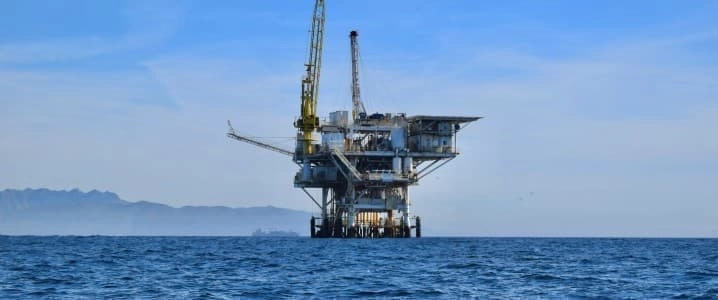- Chevron has completed its acquisition of Hess Corporation, gaining a 30% stake in Guyana's Stabroek offshore block, where ExxonMobil operates with a 45% stake.
- The acquisition followed a year-long arbitration battle initiated by ExxonMobil, which ultimately ruled in favor of Chevron.
- Despite previous tensions, ExxonMobil and Chevron must now cooperate as joint venture partners to maximize production and profits from the high-potential Stabroek block.

Following the completion of Chevrons acquisition of Hess Corporation, the U.S. supermajor will need to overcome a previously strained relationship with its biggest competitor at home, ExxonMobil, and work together as joint venture partners in the hottest oil province in the world, Guyanas offshore oil treasure trove.
Chevrons foray into the fastest-growing exploration and production spot globally could also be a sign of whats to come for the biggest international oil and gas majors. Big Oil may be looking to acquire smaller companies with prized assets to boost reserves amid lower spending on exploration within the industry over the past five years.
For Chevron, the acquisition of Hess, whose completion was announced last week, means the supermajor is now gaining 30% in Guyanas Stabroek offshore blockwhere the operator ExxonMobil is leading the production of more than 660,000 barrels per day (bpd) from several projects in the block.
Chevrons deal was finalized after a more than a year-long arbitration battle initiated by Exxon, which challenged the Chevron-Hess deal, claiming it had a right of first refusal for Hesss stake under the terms of a joint operating agreement (JOA) for the Stabroek block. Hess and Chevron claimed the JOA doesnt apply to a case of a proposed full corporate merger.
The arbitration case has reportedly strained the relationship between the top executives of the two biggest U.S. oil firms.
In the legal fight, Chevron had much more to lose than Exxon because Guyanas resources were the key reason for pursuing Hess Corp, more than the reason for adding producing assets in the Bakken shale basin in North Dakota.
With the arbitration ruling in favor of Chevron, the company announced the completion of the Hess acquisition, following the satisfaction of all necessary closing conditions, including a favorable arbitration outcome regarding Hess offshore Guyana asset.
The combination enhances and extends our growth profile well into the next decade, which we believe will drive greater long-term value to shareholders, Chevron chairman and CEO Mike Wirth said in a statement.
Chevron now owns a 30% position in the Guyana Stabroek Block, which has more than 11 billion barrels of oil equivalent discovered recoverable resource.
Exxon is the operator of the Stabroek block with a 45% stake, and Chinas state firm CNOOC has the remaining 25% stake.
The new shareholding composition of Guyanas prized oil asset means that Exxon and Chevron must put hard feelings aside and cooperate to boost their production and profits from the Stabroek block.
The asset has a lot to offer, in terms of resources and money, to a company like Chevron, whose reserves replacement ratio has declined in recent years, and its oil and gas reserves have now reached the lowest level in at least a decade.
During the past 10-year period, Chevrons reserves replacement ratio was 88%, it said at the Q4 earnings call in January.
A ratio below 100% means that Chevron is depleting reserves faster than it can replace them.
So far this year, Chevron has expanded production in Kazakhstan and started up production at the Ballymore oil project in the U.S. Gulf of Mexico.
Guyanas offshore oil field is a top-performing asset with the potential to yield even more barrels and billions of U.S. dollars for the projects partners. Both Chevron and Exxon will benefit from Stabroek even at relatively lower oil prices, because the Guyana block is estimated to have a breakeven oil price of about $30 per barrel.
Production capacity in Guyana is expected to surpass 1.7 million barrels per day, with gross production growing to 1.3 million barrels per day by 2030, Exxon says .
Following the bitter arbitration dispute, Exxon and Chevron now must work together in Guyana, as they do in Kazakhstan and Australia, for example.
Partnership is one of our core values, and we pride ourselves on being a good partner around the world with many, many different companies, Chevrons Wirth told Bloomberg last week.
We partner with Exxon on projects elsewhere in the world and have for many many years, and Im sure we will find a way to move forward.
Exxon welcomed Chevron to the joint venture in Guyana, signaling that Big Oil will collaborate on multi-billion-dollar projects to maintain a high reserves replacement ratio, production, and profits.
By Tsvetana Paraskova for Oilprice.com
More Top Reads From Oilprice.com:



